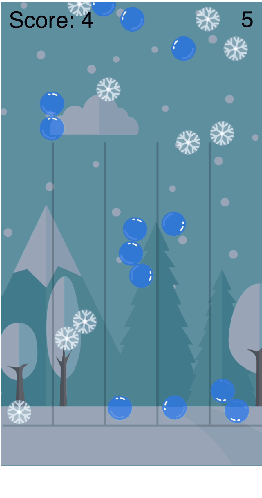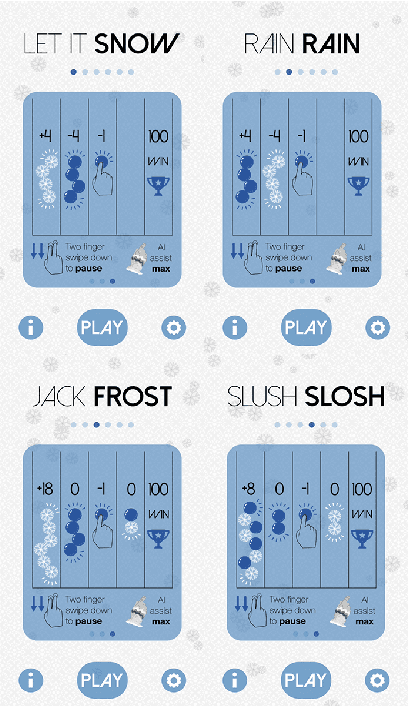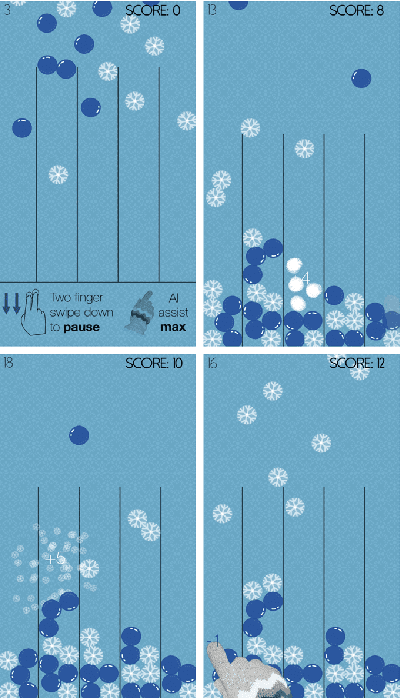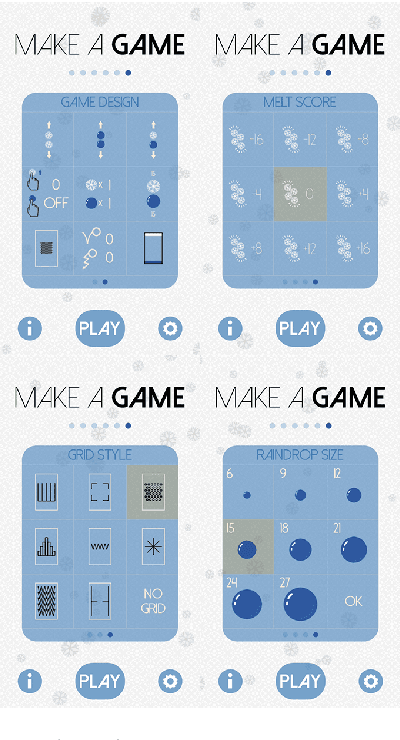Mark J. Nelson
Language Model Crossover: Variation through Few-Shot Prompting
Feb 23, 2023Abstract:This paper pursues the insight that language models naturally enable an intelligent variation operator similar in spirit to evolutionary crossover. In particular, language models of sufficient scale demonstrate in-context learning, i.e. they can learn from associations between a small number of input patterns to generate outputs incorporating such associations (also called few-shot prompting). This ability can be leveraged to form a simple but powerful variation operator, i.e. to prompt a language model with a few text-based genotypes (such as code, plain-text sentences, or equations), and to parse its corresponding output as those genotypes' offspring. The promise of such language model crossover (which is simple to implement and can leverage many different open-source language models) is that it enables a simple mechanism to evolve semantically-rich text representations (with few domain-specific tweaks), and naturally benefits from current progress in language models. Experiments in this paper highlight the versatility of language-model crossover, through evolving binary bit-strings, sentences, equations, text-to-image prompts, and Python code. The conclusion is that language model crossover is a promising method for evolving genomes representable as text.
Estimates for the Branching Factors of Atari Games
Jul 08, 2021


Abstract:The branching factor of a game is the average number of new states reachable from a given state. It is a widely used metric in AI research on board games, but less often computed or discussed for videogames. This paper provides estimates for the branching factors of 103 Atari 2600 games, as implemented in the Arcade Learning Environment (ALE). Depending on the game, ALE exposes between 3 and 18 available actions per frame of gameplay, which is an upper bound on branching factor. This paper shows, based on an enumeration of the first 1 million distinct states reachable in each game, that the average branching factor is usually much lower, in many games barely above 1. In addition to reporting the branching factors, this paper aims to clarify what constitutes a distinct state in ALE.
Exploring Novel Game Spaces with Fluidic Games
Mar 04, 2018



Abstract:With the growing integration of smartphones into our daily lives, and their increased ease of use, mobile games have become highly popular across all demographics. People listen to music, play games or read the news while in transit or bridging gap times. While mobile gaming is gaining popularity, mobile expression of creativity is still in its early stages. We present here a new type of mobile app -- fluidic games -- and illustrate our iterative approach to their design. This new type of app seamlessly integrates exploration of the design space into the actual user experience of playing the game, and aims to enrich the user experience. To better illustrate the game domain and our approach, we discuss one specific fluidic game, which is available as a commercial product. We also briefly discuss open challenges such as player support and how generative techniques can aid the exploration of the game space further.
 Add to Chrome
Add to Chrome Add to Firefox
Add to Firefox Add to Edge
Add to Edge